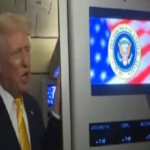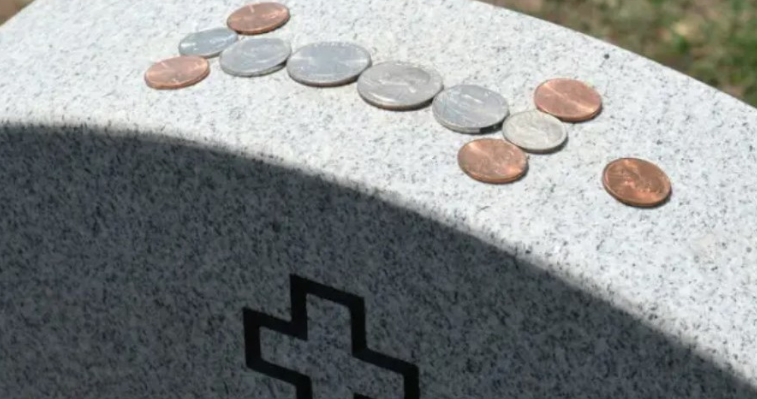Memorial Day is a time to honor those who made the ultimate sacrifice for our freedom. During this time, ceremonies honoring those brave men and women who gave their lives for our freedoms are conducted at veterans’ cemeteries across the country.
There are flowers, flags, parades, but have you ever noticed coins on military headstones? If so, do you wonder what they mean?
What is the meaning of coins on headstones?
Placing a coin on headstones of a service member or veteran is a show of respect and honor, as well as letting the deceased service member’s family know someone was there, but the denomination of the coins each has a distinct and significant meaning.
Here is the breakdown:
A penny: This means someone has visited the grave.
A nickel: This signifies that the visitor served with the deceased service member at boot camp.
A dime: A dime means the visitor and deceased service member served together at some point.
A quarter: Be prepared to have some tissue on hand when you see this denomination on a headstone. This coin is left by someone who was physically with the service member when they died.
Where did this tradition come from?
According to an article by the Department of Military Affairs, the custom of leaving coins with the deceased can be traced back to the Roman Empire. Coins were placed into the mouth of fallen soldiers to pay for passage and protection across the River Styx, which separates the world of the living from the world of the dead. In Navy mythology, coins were placed under the mast of a ship to pay the “ferryman” for safe transport to the afterlife in the event sailors died at sea.
The custom gained popularity in the U.S. during the Vietnam War as a way to honor the fallen during a time of upheaval and political divide over a controversial war. The coins were a way to quietly honor service members and communicate a message of respect for family members.





